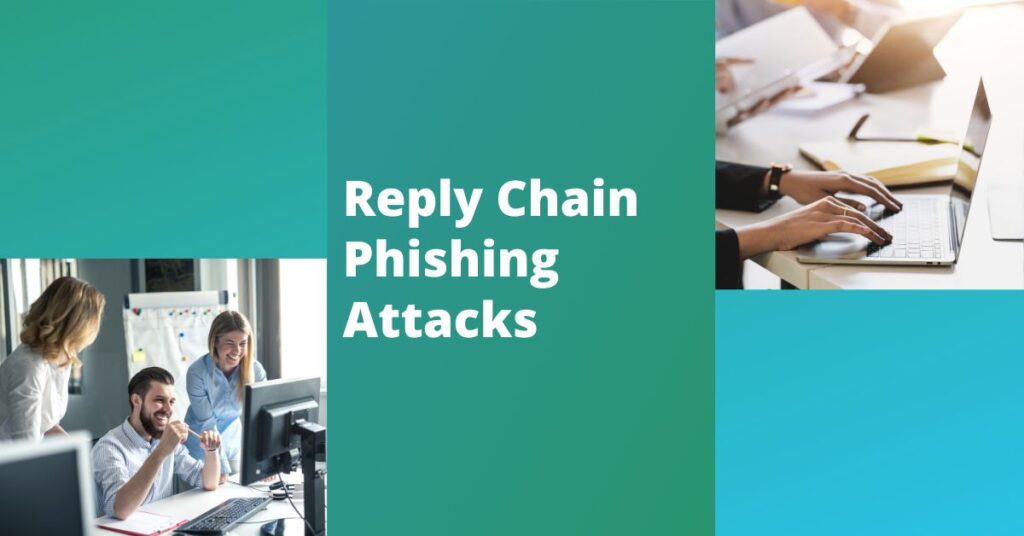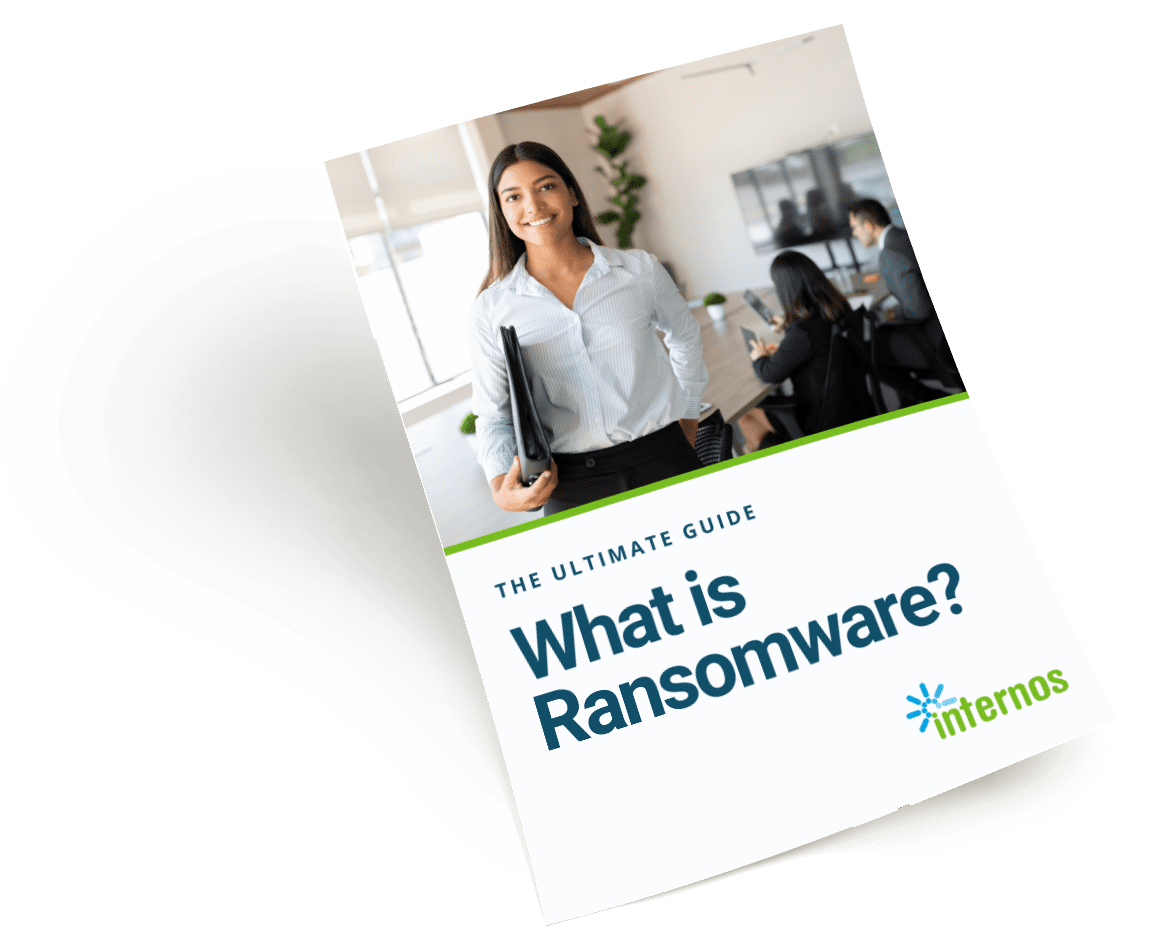
As cyber security experts we are always looking out for new or trending threats. The latest is reply-chain phishing attacks. The idea behind these types of fraudulent emails is to trick victims into opening malicious links or attachments. It can take months or even years to recover from a cyber attack. Fortunately, your business isn’t defenseless. Learn more about reply-chain scams and what you can do to prevent phishing attacks.
What Are Reply-Chain Phishing Attacks?
A reply-chain phishing attack occurs when an attacker hijacks an email chain by posing as one of the recipients copied on the chain and sending out a malicious link or attachment. It’s particularly convincing when the attacker breaches a person’s email account and replies from their email address, pretending to be them.
How Do They Work?
First, the cyber criminal hacks into your account and looks for a convincing email chain, preferably one where you’ve sent attachments. This allows them to easily pose as you and send a malicious attachment without raising any suspicion.
Another way that attackers try to hide their bad deeds is by setting up email rules that redirect emails containing certain words or attachments to your trash. For instance, they can redirect to trash any email trying to notify the account owner that they may have been hacked.
Business Email Accounts Are Under Serious Threat
Business email compromise (BEC), also called email account compromise (EAC), is one of the most financially damaging cyber crimes. It’s a type of phishing attack where someone hacks into a business email account and impersonates an employee to trick vendors or customers into sending money or divulging sensitive information.
And unfortunately, BEC hacks are on the rise. The FBI reported that “between July 2019 and December 2021, there was a 65 percent increase in identified global exposed losses.” Given the risks of financial loss and reputation damage, bolstering your cyber security is vital.
Ways to Prevent Reply-Chain Phishing Attacks
Phishing attacks are very common, but they’re also preventable. Here are some tips to avoid being fooled by these scams and protect your company:
1. Don’t Click Links in Emails
Reply-chain phishers try to trick you into clicking links in emails. They may look like they’re coming from a friend or colleague, but they’re actually trying to steal your personal information. If the link looks suspicious, it’s best to err on the side of caution.
2. Be Careful When Opening Attachments
Attachments in emails can contain viruses or spyware, so be cautious before opening them. Never open attachments unless you know exactly what they are.
3. Use Strong Passwords
Make your passwords so strong that they would be practically impossible to guess. For example, don’t use your personal information like name or birth date. Also, change your password regularly for an extra layer of email security.
4. Watch Out for Spam
Spammers send out millions of unsolicited messages every day. They usually target people with weak security settings, so make sure you’ve turned on spam filters and antivirus software.
5. Use a Business Password Manager
A business password manager can help keep employees from reusing passwords across numerous apps. Additionally, it allows for more robust passwords since employees don’t need to remember or keep track of them.
6. Implement Multi-Factor Authentication
Prevent account compromise by implementing multi-factor authentication (MFA). It’s a security method that requires two or more factors for an individual to authenticate themselves before they’re granted access, making email breaches a lot harder.
7. Train Your Employees
Cyber security training should be mandatory for every employee (including owners and c-suite leaders) at every company or organization so they can understand how to protect themselves from cyber attacks. Increased awareness among employees also decreases the likelihood of a successful attack.
Stop Phishing Attacks in Their Tracks
Reply-chain phishing attacks are on the rise because they can easily fool unsuspecting victims into giving away their personal information or money. The good news is that there are ways to stop them. By understanding how these attacks work and increasing security measures, you’ll be able to abruptly halt online attackers.
>>Get these and more phishing prevention tips in our easy-to-share (and free) download.
Book a no-obligation consultation with Internos to discuss gaps in your cyber security and explore robust solutions that safeguard your company. Or contact us about your IT support needs.

